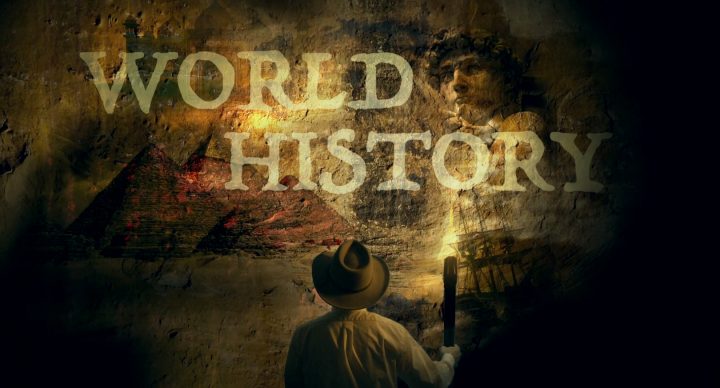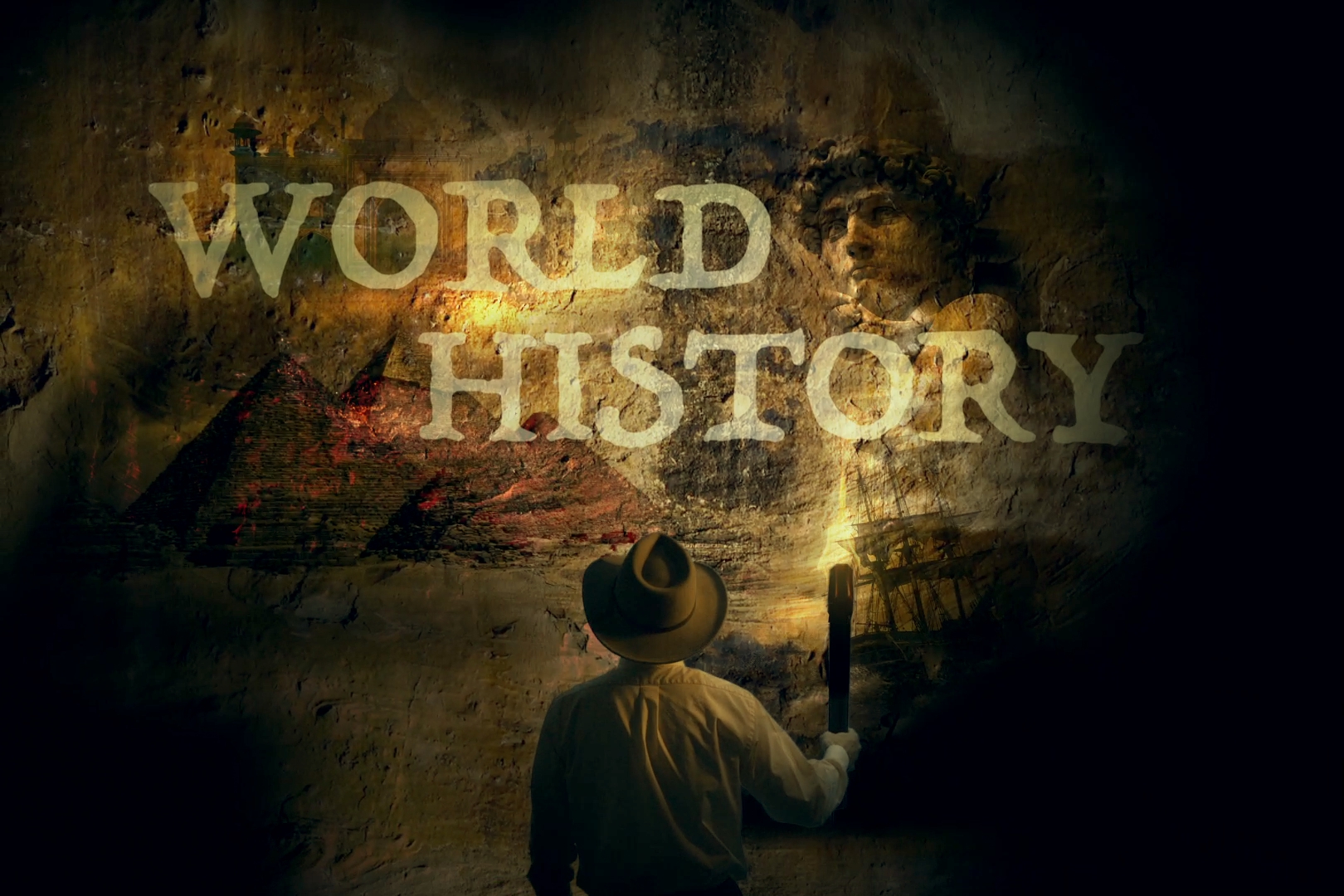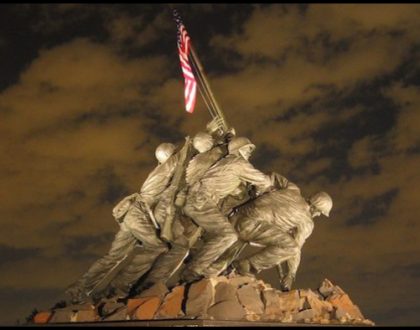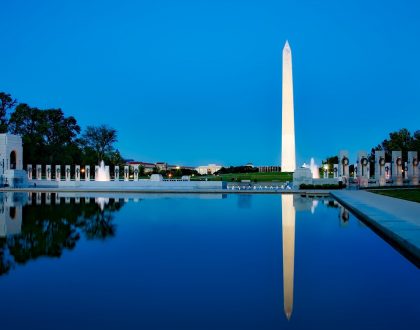World History

Course Features
Course Duration: Full Year
Category: High School, History/Social Studies
Assessment: Pre-Test, Lesson Practice, Unit Exams, Mid-Term Exam, Final Exam
Language: English
Course Details
Acellus World History, a full year course, delves into the history of world civilizations. This course covers major events in history, from the dawn of civilization up through present-day. Students will study the geography and populations of different areas. Students will study the major events that have shaped society and discuss how different cultures and conflicts have affected the world as we know it today.
Acellus World History is taught by Acellus Instructor Todd Edmond.
 This course was developed by the International Academy of Science.
Learn More
This course was developed by the International Academy of Science.
Learn More
This course replaces World History I and World History II. Semester 1 and Semester 2 parts are also available for this full year course.
Course Preview
 This course was developed by the International Academy of Science.
Learn More
This course was developed by the International Academy of Science.
Learn More
Scope and Sequence
Unit 1 In this unit students are introduced to the course and then dive into the subject of human history. They continue with the dawn of civilization, the geography of Africa, early African civilizations, and Ancient Egypt. They discuss early West Asian civilizations and Zoroastrianism. They explore Mesopotamia and Judaism. They consider Ancient India, Hinduism, and Buddhism. They investigate early East Asian civilizations, Ancient China, early civilizations of the Americas, and early European civilizations. Unit 2 Next students study Classical Greece, monarchy, and democracy. They discuss the Roman Republic, the nature of empires, and the Roman Empire itself. They explore Christianity, the Silk Road, Confucianism, and Taoism. They examine the fall of the Western Roman Empire and consider the Byzantine Empire. Unit 3 Students look at early Russia. They explore Islam, Muslim Empires, the rise of the Ottoman Empire, and the spread of Islam. They consider Africa in the Middle Ages, medieval India and Sikhism, and medieval China and the Mongols. They investigate Medieval Europe and the medieval church. they examine the Crusades and Reconquista. They ponder the Black Death and the Hundred Years' War. Unit 4 In this unit students discover the Renaissance, the Protestant Reformation, and the Scientific Revolution. They consider global exchange and exploitation. They explore the Americas, Europe and the New World, and the Atlantic Slave Trade. They investigate the Commercial Revolution, the Age of Absolutism, the Thirty Years' War, and modern Russia. Unit 5 Students study upheaval in England, the Glorious Revolution, and the English Bill of Rights. They examine the Enlightenment, the American Revolution, the U.S. Constitution and the Bill of Rights, and the United States of America. They explore the Revolution in France and its growth, the Declaration of the Rights of Man, and the Haitian Revolution. They analyze the Napoleonic wars and the congress of Vienna. They discuss Latin America, Mexican independence, and new republics in the Americas. Unit 6 Next students study the Industrial Revolution and the spread of industrialization. They consider liberalism and nationalism in Europe, the 1848 Revolution in France. They learn about unification in Italy and Germany, about capitalism, socialism, communism, and the communist manifesto. They delve into the evolution of industrialism and the modernization of Japan. They explore societal improvements, the 19th century reform movement, science and religion, and romanticism and realism. Unit 7 In this unit students investigate democratic reforms in Europe. They review the Dreyfus Affair and the Jewish State. They survey the United States expansion and reform in Russia. They analyze the renewal of imperialism and the scramble for Africa. They discover "An Open Letter to His Serene Majesty Leopold II." They evaluate the African resistance. They explore India's relationship with the British Empire and Indian Nationalism. They discuss the modern Muslim world, Japanese Imperialism, and China's relationship with the West. They study Chinese reform, Imperialism in Southeast Asia, the Pacific Islands and Australia, and post-colonial Latin America. Following this unit students are presented with the Mid-Term Review and Exam. Unit 8 Students discover Canada. They consider the build-up to war, the beginning of the Great War, and the concept of total war. They examine the Armenian Genocide, the lasting effects of World War I, and Western culture after WWI. They learn about the revolution in Russia and the birth of the Soviet Union. They delve into the Mexican Revolution, modern resistance in Africa, and nationalism in the Middle East. They explore resistance in British India, problems in the Chinese Republic, and Japan between world wars. Unit 9 Next students investigate the Great Depression. They review the rise of fascism, Stalin's Soviet Union, and Nazism in Germany. They analyze authoritarianism in Eastern Europe, aggression and appeasement, and the outbreak of World War II. They discuss the Holocaust and how the war raged on. They discover how the course of the war was changed, the victory in Europe and in the Pacific, and the aftermath of World War II. They study the charter of the United Nations and consider the State of Israel. Unit 10 In this unit students consider the beginning of the Cold War, capitalism and communism, the nuclear arms race, and the cold war on the home fronts. They examine the race to space and Western Europe's recovery. They learn about the American civil rights movement and how images of this movement impacted how people felt about it. They delve into Communist China, the Korean War, the Vietnam War, and the Anti-War movement. They explore communist regimes in Southeast Asia, the end of the Cold War, the fall of the Soviet Union, and the decline of communism. Unit 11 Students discuss India and Pakistan, modern India, and Bangladesh. They study Malaysia and Myanmar. They study the essay "Freedom from Fear" by Aung San Suu Kyi. They discover Indonesia and the Philippines. Unit 12 Next students consider the new African nations, war in Southern Africa, apartheid, and conflict in Rwanda. They examine the modern Middle East, oil and the global economy, and continued conflict between Israel and Palestine. They learn about civil wars in the Middle East and explore modern Iraq. Unit 13 In this unit students analyze developed and developing nations. They discuss China's emergence as a superpower, democracy in Latin America, and U.S.-Latin American relations. They study 21st-century Europe and issues in the former Soviet Union. They discover the former Yugoslavia and consider 21st-century Asia. Unit 14 Students explore globalization, transnational organizations, and global concerns. They discuss the continued fight for human rights and the Universal Declaration of Human Rights. They study the human impact on the environment. They consider terrorism and ponder responses to terrorism. They examine other threats to global security, the computer revolution, and medical and biotechnical advancements. Following this unit students are presented with the Final Review and Exam.This course replaces World History I and World History II. Semester 1 and Semester 2 parts are also available for this full year course.
This course does not have any sections.
More Courses by this Instructor
26825
12962
19704






